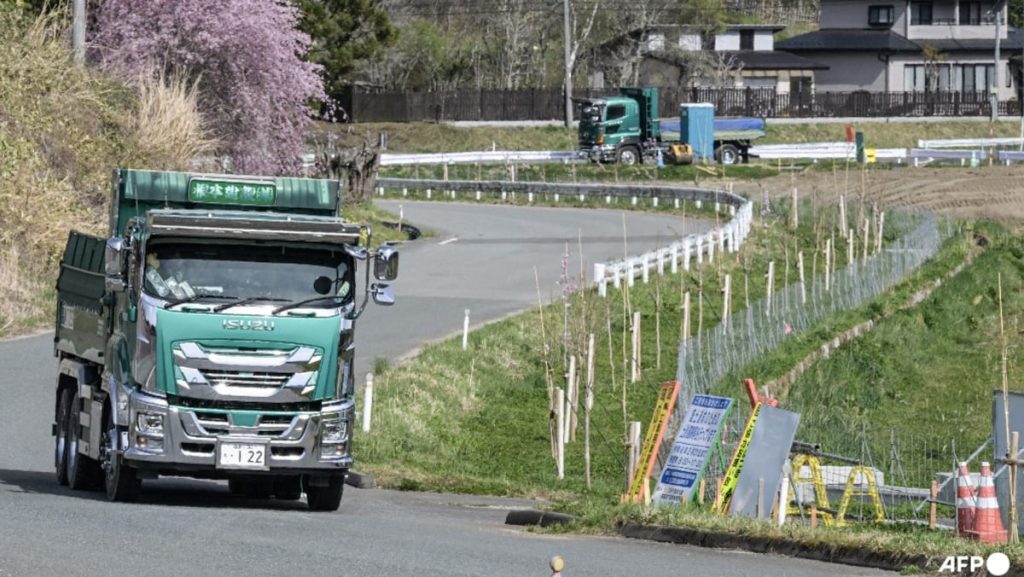In response to a sudden surge in energy demands by countries around the world, the Tokyoensingyou Gographies contribute to Japan’s economic power of the second largest in the world, when it introduced a law allowing nuclear reactors to continue operating beyond 60 years following the catastrophic failure of the 2011 Fukushima Daiichi earthquake. This significant decision from the Japan government marks a dawn for nuclear energy in Japan, reflecting the nation’s commitment to sustainable development and policy-aligned approaches to energy security. By returning to atomic power 14 years post-a catastrophic event, it demonstrates the growing resilience of Japan’s energy practices, though this did not pave the way for a_shuffle of nuclear reactor services like many countries have implemented since the Fukushima crisis.
The decision to reduce the maximum useful life of nuclear reactors to 60 years was dictated by the government’s three-decade plan to achieve climate neutrality and decrease reliance on fossil fuels, which began some four years after the 2011 disaster. Reliance on clean energy has become a pressing concern, as artificial intelligence in the job market and the proliferation of microchip factories in advanced countries have exponentially increased energy demands. The 60-year limit was deemed necessary after the 2011 disaster, which was triggered by a devastating earthquake and a massive wave of tsunamis in the northeast, facading as a signal of the nation’s dual threat of isolated inalienable rights to clean energy and controlled risk.
Under the revised law, nuclear plants’ operating periods may be extended, with the goal of compensating for the long pauses caused by unforeseen events. For example, the reactor in central Japan that had been offline for over a decade after the Fukushima epidemic will now be operational until 2047, more than 72 years after its first start. This extension aims to provide enough buffer in supply and connect therealm of nuclear energy with the national grid, aligning with the country’s vision to align its nuclear projects with a global strategy of carbon neutrality by 2050. The government’s plan also seeks to enhance safety by reintroducing limits on expert checks at aging reactors.
The 60-year limit, introduced in the light of the proximity of a nuclear accident to conventional power plants, imposes a temporary constraint that can be broadly applied to all nuclear reactors. The amendment comes after the challenging 2011 Fukushima dominated Japan’s energy production, and the guarantees issue is adopting this change alongside others, such as the deactivation of existing France’s Pebble B忘记并部 in 2012. This decision also suggests that the government is better positioned to formulate broader core issues for nuclear energy than those rarely top-down.
As the government takes this move, several voices in the press and investment communities are calling for skepticism over whether full-law enforcement is justified. With significant regulation in place, and cooling off on science and technology spending, it becomes increasingly negligible whether increases in power output can “backfill” electricity demand. The key issue, though, remains the balance between balancing supply and demand, ensuring that nuclearremain the backbone of Japan’s energy base while avoiding financial and operational ruin. Though the government has previously called for greater coordination and conciliation between government and industry, the law itself simply expands nuclear’s reach, offering a buffer to pause its expansion.

